Home>Construction & Tools>Building Materials>How To Waterproof A Brick Wall
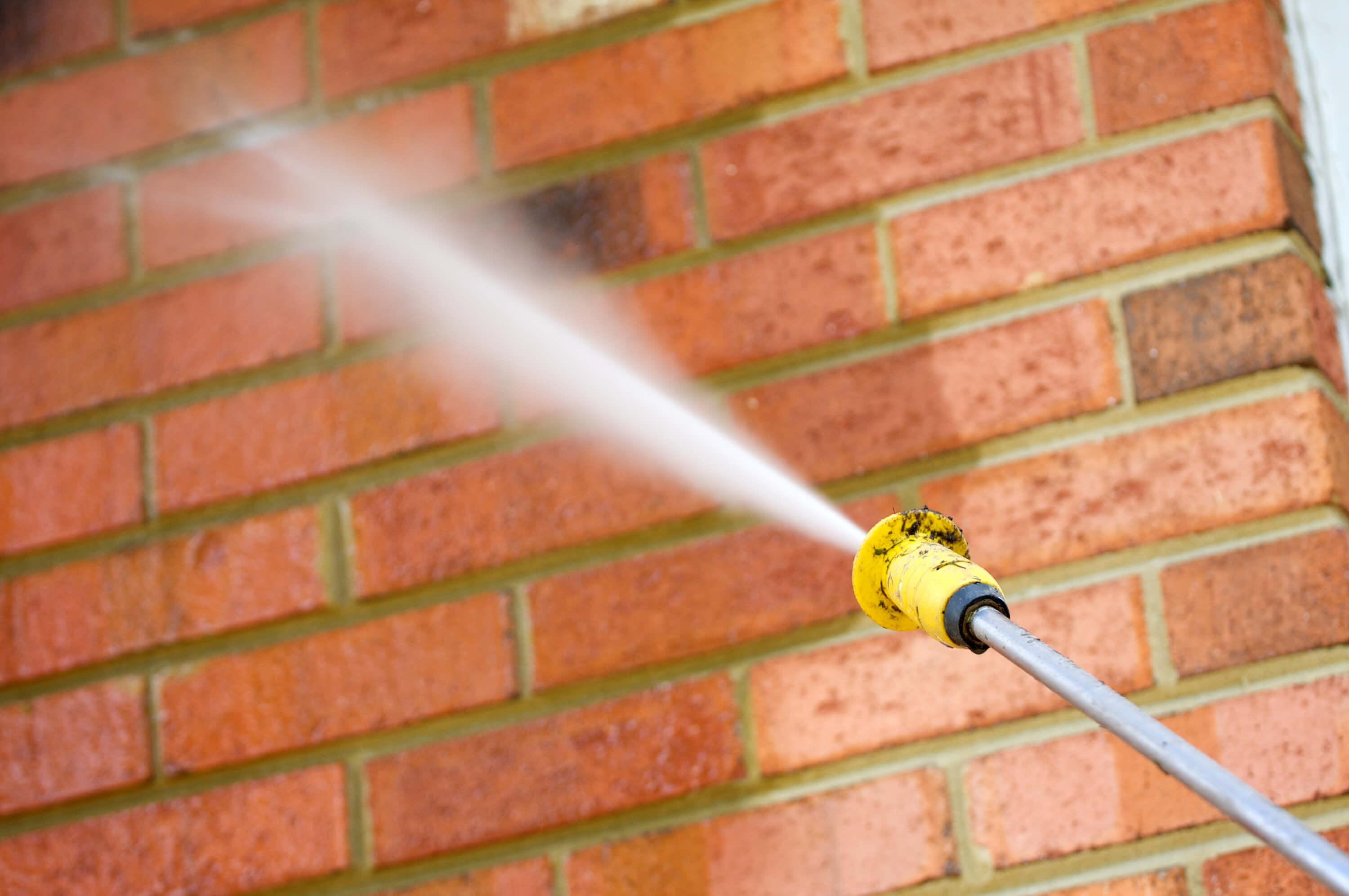

Building Materials
How To Waterproof A Brick Wall
Published: January 23, 2024
Learn how to waterproof a brick wall using the right building materials and techniques. Protect your structure from moisture with our expert tips.
(Many of the links in this article redirect to a specific reviewed product. Your purchase of these products through affiliate links helps to generate commission for Storables.com, at no extra cost. Learn more)
Introduction
Welcome to the world of construction and maintenance, where the durability and longevity of structures are of paramount importance. One key challenge that many property owners face is protecting their brick walls from the damaging effects of moisture. This is where the art and science of waterproofing come into play. In this comprehensive guide, we will explore the essential steps and considerations for effectively waterproofing a brick wall, ensuring its resilience against water infiltration and extending its lifespan.
Waterproofing a brick wall is not merely a matter of enhancing its appearance; it is a proactive measure to safeguard the structural integrity of the building. By preventing water penetration, you can mitigate the risk of mold growth, efflorescence, and deterioration of the mortar, ultimately saving on costly repairs and preserving the aesthetic appeal of the brickwork.
Whether you are a homeowner, a contractor, or a DIY enthusiast, understanding the principles of brick wall waterproofing is invaluable. Join us as we delve into the intricacies of this essential process, empowering you to make informed decisions and take proactive steps to protect your brick walls from the perils of moisture.
Key Takeaways:
- Protecting brick walls from water damage is crucial for their longevity and appearance. By choosing the right waterproofing products and maintaining the wall, property owners can ensure lasting protection against moisture.
- Assessing the condition of the brick wall and applying waterproofing products with care are essential steps in fortifying it against water infiltration. Proactive maintenance, including regular inspections and cleanliness, sustains the protective integrity of the wall over time.
Read more: How To Waterproof Exterior Walls
Understanding the Need for Waterproofing
Before delving into the technicalities of waterproofing a brick wall, it’s crucial to grasp the fundamental reasons why this process is indispensable. Brick, although renowned for its durability, is inherently porous, making it susceptible to water absorption. When exposed to moisture, brick walls can experience a range of issues, including efflorescence, mold growth, and structural deterioration.
Efflorescence, a common consequence of water infiltration, manifests as unsightly white deposits on the surface of the brick. This not only diminishes the visual appeal of the structure but also indicates the presence of moisture within the wall. Furthermore, prolonged exposure to water can compromise the integrity of the mortar joints, leading to erosion and weakening of the entire wall.
By waterproofing the brick wall, you create a robust barrier against water penetration, shielding it from the detrimental effects of moisture. This proactive approach not only preserves the structural soundness of the wall but also minimizes the need for frequent repairs and maintenance.
Moreover, in regions prone to freeze-thaw cycles, water can permeate the brick’s pores, and upon freezing, exert immense pressure, causing cracks and spalling. Through effective waterproofing, you can mitigate the risk of such damage, ensuring that your brick wall remains resilient in the face of fluctuating weather conditions.
Understanding the need for waterproofing is not limited to addressing existing issues but also encompasses a proactive stance toward preserving the longevity and aesthetics of the brick wall. By embracing the principles of waterproofing, you invest in the enduring beauty and structural integrity of your property, safeguarding it against the relentless forces of nature.
Assessing the Condition of the Brick Wall
Prior to embarking on the waterproofing process, a thorough assessment of the brick wall’s condition is imperative. This evaluation serves as the foundation for determining the appropriate waterproofing approach and products, ensuring optimal results and long-term protection.
Begin by inspecting the exterior of the brick wall for any visible signs of damage or deterioration. Look for cracks, spalling, efflorescence, and discoloration, as these indicators can reveal existing water-related issues. Internally, if accessible, check for dampness or mold growth, which could signify water infiltration through the wall.
Assess the mortar joints for any gaps, erosion, or crumbling. The integrity of these joints is crucial in maintaining the structural stability of the brick wall. Any compromised mortar should be addressed before proceeding with the waterproofing process.
Furthermore, consider the surrounding environment and potential sources of water exposure. Is the brick wall subjected to direct rainfall or splashback from the ground? Are there nearby trees or shrubs whose roots may exert pressure on the wall, potentially causing hairline cracks? Understanding these external factors is essential in devising a comprehensive waterproofing strategy.
For older brick walls, it’s essential to evaluate the existing waterproofing, if any. Over time, waterproofing coatings may deteriorate, necessitating reapplication or a different approach altogether. Understanding the history of waterproofing on the wall provides valuable insights into its current condition and the most suitable course of action.
By meticulously assessing the condition of the brick wall, you gain a holistic understanding of its vulnerabilities and strengths. This knowledge empowers you to make informed decisions regarding the type of waterproofing products, application methods, and maintenance practices, ensuring that your efforts yield enduring protection and preservation of the brick wall.
Choosing the Right Waterproofing Products
When it comes to waterproofing a brick wall, selecting the appropriate products is pivotal in achieving effective and long-lasting protection. The market offers a diverse array of waterproofing solutions, each tailored to specific needs and application requirements. Understanding the characteristics and suitability of these products is essential in making informed choices for your brick wall.
One of the most common and versatile options for brick wall waterproofing is silane/siloxane-based water repellents. These penetrating sealers chemically bond with the brick, forming a hydrophobic barrier that repels water while allowing the wall to breathe. This is particularly advantageous in preserving the natural appearance of the brick while providing robust protection against moisture infiltration.
If the brick wall exhibits signs of existing damage or requires remedial waterproofing, elastomeric coatings present a viable solution. These flexible, rubberized coatings create a seamless, waterproof membrane over the brick surface, effectively sealing any cracks or gaps. Elastomeric coatings are especially beneficial for older brick walls with compromised mortar joints or minor structural flaws.
In cases where the brick wall is part of a below-grade structure or is consistently exposed to high levels of moisture, cementitious waterproofing compounds offer a durable and impermeable barrier. These products, typically in the form of cement-based coatings, provide exceptional resistance to water pressure and are ideal for safeguarding below-grade brick walls from groundwater intrusion.
It’s essential to consider the environmental impact and safety aspects of the chosen waterproofing products. Opt for formulations that are low in volatile organic compounds (VOCs) and environmentally friendly, ensuring minimal harm to the surrounding ecosystem and occupants of the property.
Additionally, assess the compatibility of the selected waterproofing products with the specific characteristics of the brick wall, such as its porosity, texture, and age. Some products may require surface preparation or priming to optimize adhesion and effectiveness, emphasizing the importance of a tailored approach to product selection.
By carefully evaluating the attributes and performance capabilities of various waterproofing products, you can make informed decisions that align with the unique requirements of your brick wall. This proactive approach ensures that the selected products deliver robust protection, longevity, and aesthetic enhancement, fortifying the brick wall against the relentless forces of moisture.
To waterproof a brick wall, apply a waterproofing sealant or membrane to the surface. Make sure to fill any cracks or gaps with mortar before applying the waterproofing material.
Preparing the Brick Wall for Waterproofing
Prior to applying waterproofing products, thorough preparation of the brick wall is essential to ensure optimal adhesion, penetration, and overall effectiveness of the treatment. This preparatory phase serves as a critical foundation for the subsequent application, maximizing the protective capabilities of the chosen waterproofing solutions.
Commence the preparation process by cleaning the brick wall to remove any dirt, debris, efflorescence, or organic growth. Utilize a mild detergent or a specialized brick cleaner, coupled with a stiff-bristled brush or a pressure washer, to thoroughly cleanse the surface. Pay particular attention to areas with visible staining or discoloration, as these may hinder the proper bonding of the waterproofing products.
Inspect the brick wall for any structural defects, such as cracks or spalling, and address these issues before proceeding with the waterproofing. Small cracks can be filled with an appropriate masonry repair compound, while larger or more severe damage may necessitate professional intervention to ensure structural integrity and prevent water ingress.
For older brick walls or those previously subjected to waterproofing, it may be necessary to remove any residual coatings or sealants that could impede the penetration of the new waterproofing products. This can be achieved through mechanical means, such as sanding or abrasive blasting, or through the use of chemical stripping agents, following all safety guidelines and regulations.
Once the surface is clean and any necessary repairs or stripping have been completed, allow the brick wall to thoroughly dry before applying the waterproofing products. Adequate drying time is crucial to ensure that the brick pores are free from moisture, allowing for optimal penetration and adhesion of the waterproofing solutions.
Consider the weather conditions and ambient temperature during the preparation and application phases. Ideally, undertake the waterproofing process during moderate weather, avoiding extreme heat or cold, as these conditions can impact the performance and application properties of the products.
By diligently preparing the brick wall for waterproofing, you lay the groundwork for a successful and enduring protective treatment. This meticulous approach not only enhances the effectiveness of the waterproofing products but also contributes to the overall resilience and longevity of the brick wall, fortifying it against the challenges of moisture infiltration.
Applying the Waterproofing Products
With the brick wall meticulously prepared, the application of waterproofing products marks a pivotal stage in fortifying its resilience against water infiltration. The method of application and the thoroughness of the treatment significantly influence the protective capabilities and longevity of the waterproofing. Whether utilizing penetrating sealers, elastomeric coatings, or cementitious compounds, the application process demands precision and attention to detail.
When applying silane/siloxane-based water repellents, ensure that the brick wall is dry and free from any residual moisture. Utilize a low-pressure sprayer, brush, or roller to uniformly apply the sealer, allowing it to penetrate the brick’s pores. Multiple thin coats are often more effective than a single heavy application, as they facilitate deeper penetration and optimal bonding with the substrate.
Elastomeric coatings, renowned for their flexibility and crack-bridging properties, necessitate thorough mixing and careful application. Employ a high-quality paintbrush or a long-nap roller to ensure even coverage, paying close attention to seams, corners, and areas prone to water accumulation. Depending on the product specifications, multiple coats may be required to achieve the desired level of waterproofing and protection.
For cementitious waterproofing compounds, follow the manufacturer’s guidelines regarding mixing ratios and application techniques. Apply the compound evenly using a trowel or a masonry brush, working it into the brick’s surface and mortar joints to create a seamless, impermeable barrier. Proper curing time and environmental conditions are crucial to the compound’s setting and long-term performance.
Throughout the application process, prioritize safety measures, including the use of personal protective equipment and adherence to product-specific guidelines. Ventilation, proper disposal of application tools, and containment of overspray or runoff are essential considerations to ensure a safe and controlled application environment.
Upon completing the application, allow the waterproofing products to cure and set according to the manufacturer’s recommendations. This critical phase ensures the development of a robust, water-resistant barrier that fortifies the brick wall against moisture intrusion, safeguarding its structural integrity and aesthetic appeal.
By meticulously applying the chosen waterproofing products, you fortify the brick wall with a resilient shield against the perils of water infiltration. This proactive measure not only extends the lifespan of the brick wall but also minimizes the need for future maintenance and repairs, ensuring enduring protection and visual allure.
Maintaining the Waterproofed Brick Wall
Having successfully waterproofed the brick wall, proactive maintenance is essential to uphold its protective integrity and aesthetic appeal over time. By implementing routine care and monitoring, you can prolong the effectiveness of the waterproofing treatment and mitigate the impact of environmental factors on the wall’s condition.
Regular inspections are a cornerstone of effective maintenance. Periodically assess the waterproofed brick wall for any signs of damage, discoloration, or water infiltration. Promptly address any emerging issues to prevent the escalation of potential problems and preserve the efficacy of the waterproofing treatment.
Keep the surrounding area free from debris, vegetation, and other obstructions that could compromise the brick wall’s exposure to air and sunlight. Overhanging branches, accumulated leaves, and soil buildup against the wall can impede proper ventilation and contribute to moisture retention, potentially undermining the waterproofing’s performance.
Address any efflorescence or staining that may appear on the brick surface. While waterproofing mitigates the impact of water infiltration, mineral deposits and organic residues can still accumulate. Utilize appropriate cleaning methods and solutions to maintain the cleanliness and visual appeal of the brick wall without compromising the integrity of the waterproofing.
Reevaluate the condition of the waterproofed brick wall after significant weather events, such as heavy rainfall or extreme temperature fluctuations. Assess for any changes in the wall’s appearance or performance, and take proactive measures to rectify any issues that may have arisen as a result of environmental stressors.
Periodic reapplication of the waterproofing products may be necessary, particularly for high-traffic areas or sections exposed to intense weather conditions. Follow the manufacturer’s recommendations for reapplication intervals and methods, ensuring that the protective barrier remains robust and resilient against moisture infiltration.
Incorporate a proactive approach to landscaping and drainage management to minimize water exposure to the brick wall. Proper grading, gutter maintenance, and downspout redirection can significantly reduce the potential for water-related issues, complementing the protective capabilities of the waterproofing treatment.
By consistently maintaining the waterproofed brick wall, you uphold its structural integrity, visual appeal, and protective functionality. This proactive stewardship not only prolongs the life of the brick wall but also minimizes the need for extensive repairs and reinforces its resilience against the challenges of moisture and environmental elements.
Conclusion
Waterproofing a brick wall is a proactive and essential measure to safeguard its structural integrity, aesthetic appeal, and longevity. By understanding the need for waterproofing and embracing a comprehensive approach to the process, property owners can fortify their brick walls against the detrimental effects of moisture, ensuring enduring protection and visual allure.
Assessing the condition of the brick wall serves as a foundational step, providing valuable insights into existing vulnerabilities and guiding the selection of appropriate waterproofing products. Choosing the right products tailored to the wall’s specific requirements is crucial in establishing a robust defense against water infiltration, with options ranging from penetrating sealers to elastomeric coatings and cementitious compounds.
Thorough preparation of the brick wall sets the stage for the effective application of waterproofing products, ensuring optimal adhesion and penetration. Careful application techniques, coupled with adherence to safety measures and product-specific guidelines, play a pivotal role in fortifying the wall with a resilient shield against moisture intrusion.
Proactive maintenance, including regular inspections, cleanliness, and monitoring, sustains the protective integrity of the waterproofed brick wall, prolonging its effectiveness and minimizing the impact of environmental factors. By incorporating these maintenance practices and addressing emerging issues promptly, property owners can uphold the structural soundness and aesthetic allure of their brick walls over time.
In conclusion, waterproofing a brick wall transcends the preservation of its physical attributes; it embodies a commitment to longevity, resilience, and proactive stewardship. By embracing the principles and practices outlined in this guide, property owners can ensure that their brick walls stand the test of time, fortified against the relentless forces of moisture and environmental elements, enduring as enduring testaments to durability and timeless charm.
Frequently Asked Questions about How To Waterproof A Brick Wall
Was this page helpful?
At Storables.com, we guarantee accurate and reliable information. Our content, validated by Expert Board Contributors, is crafted following stringent Editorial Policies. We're committed to providing you with well-researched, expert-backed insights for all your informational needs.
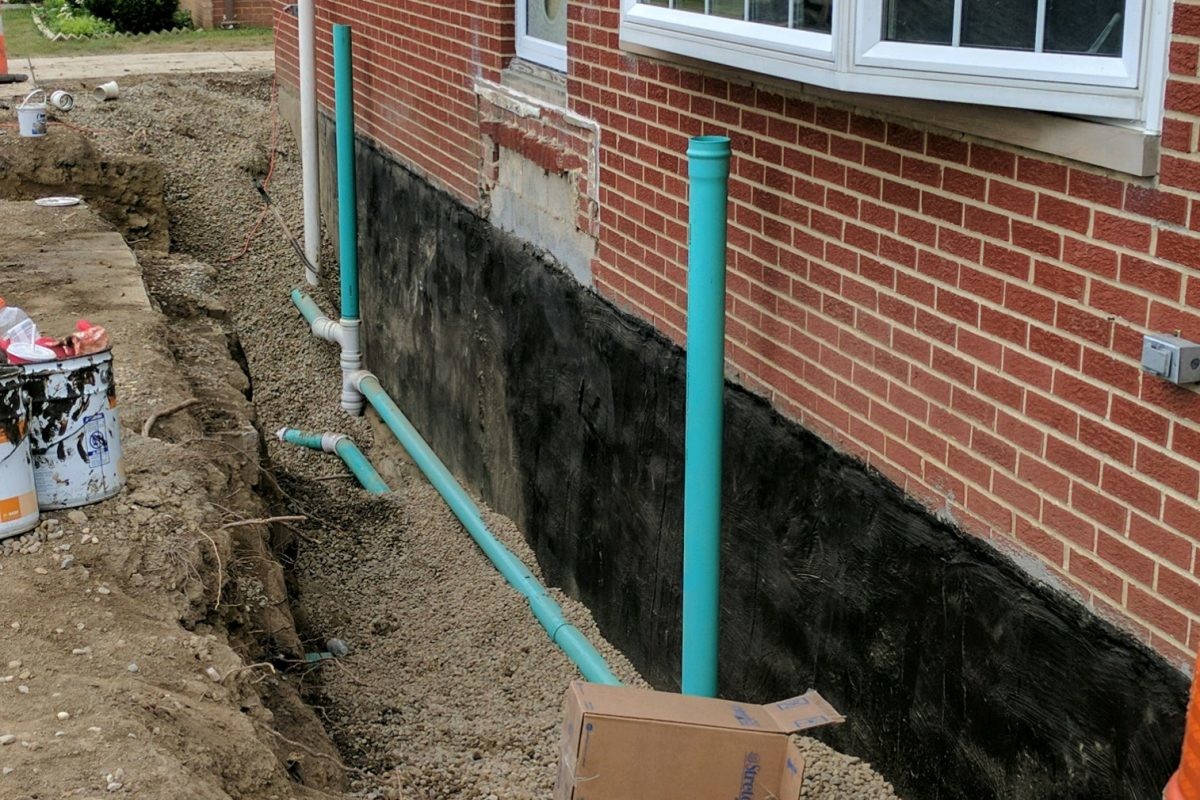
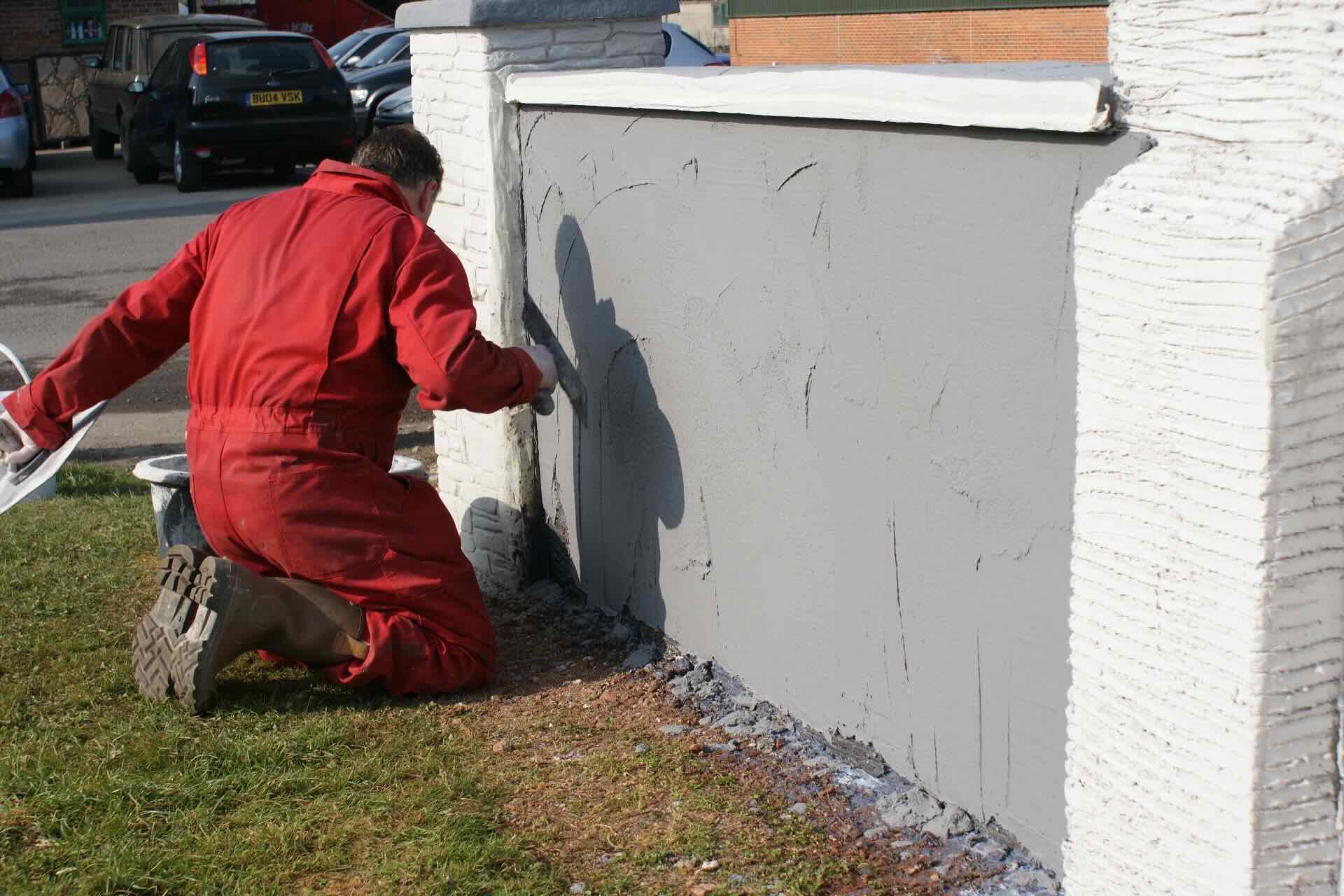
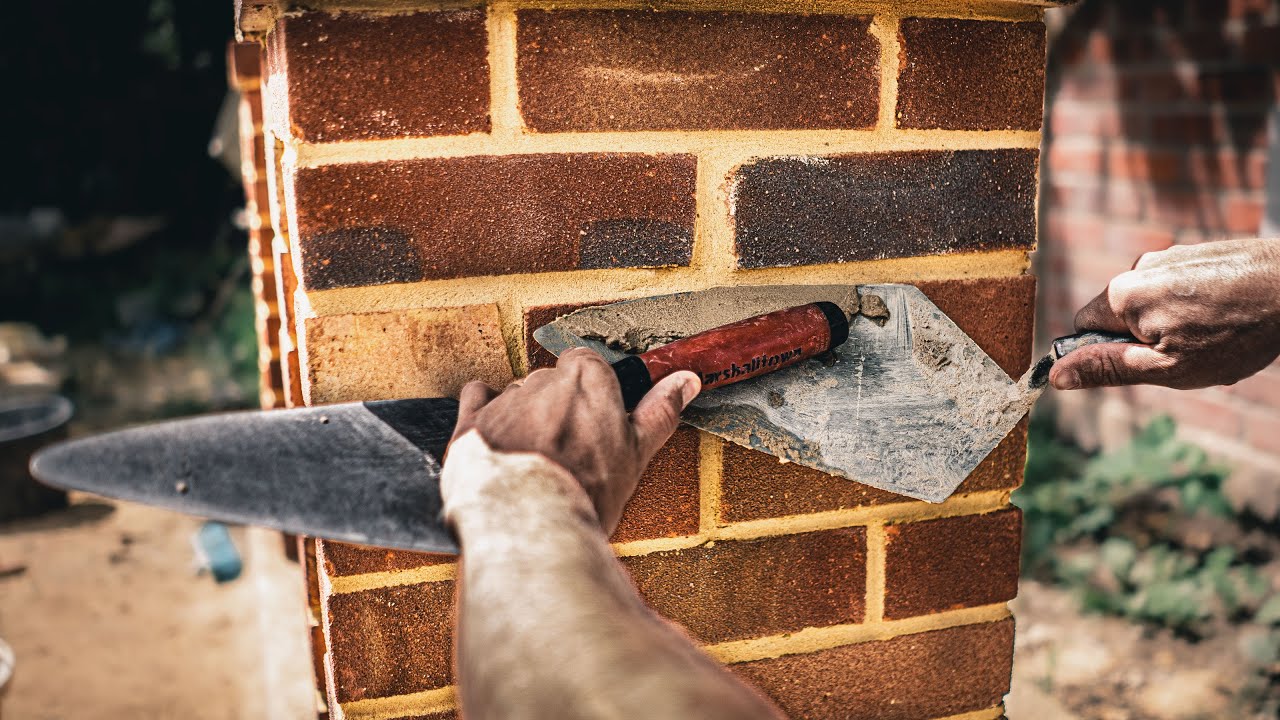
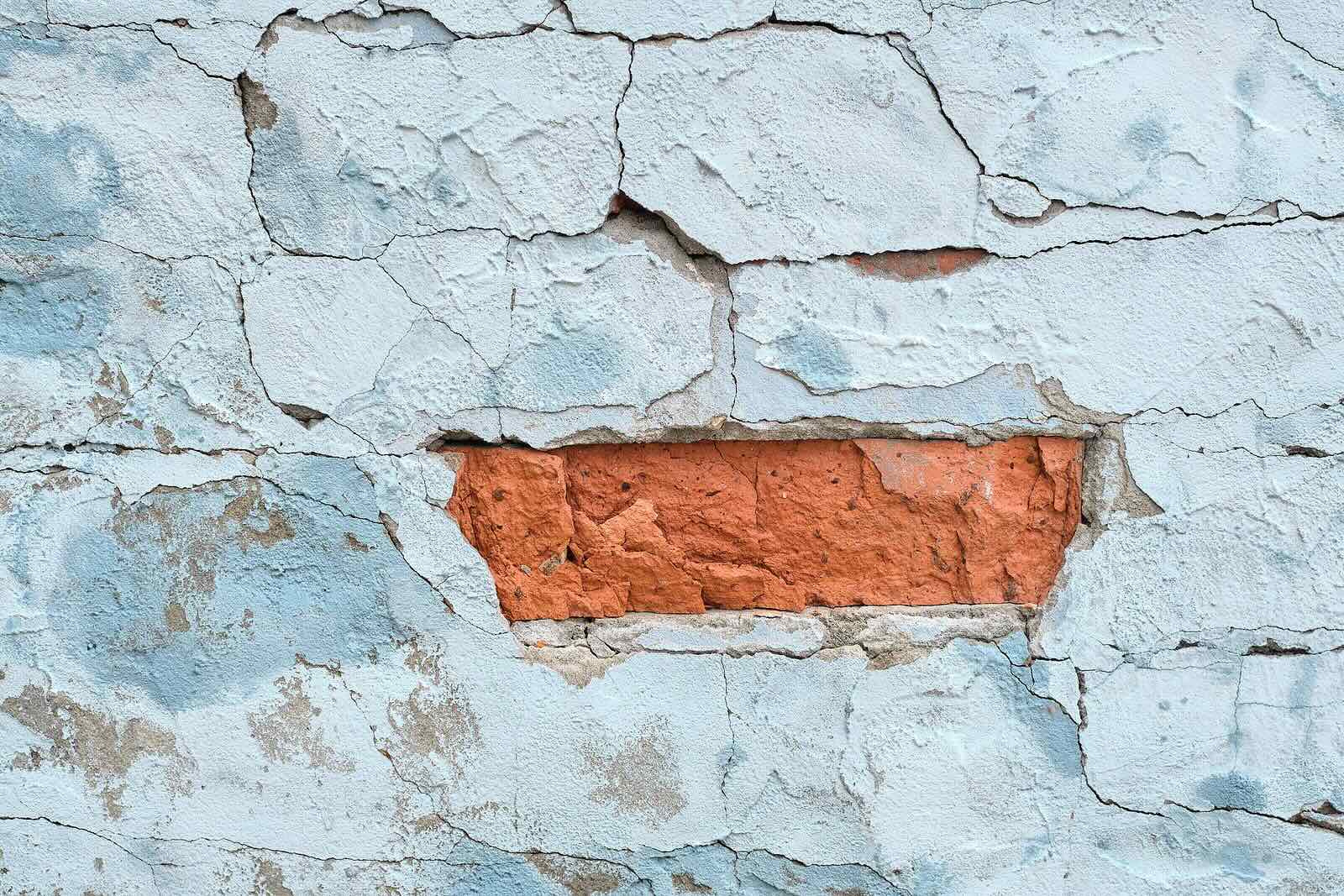
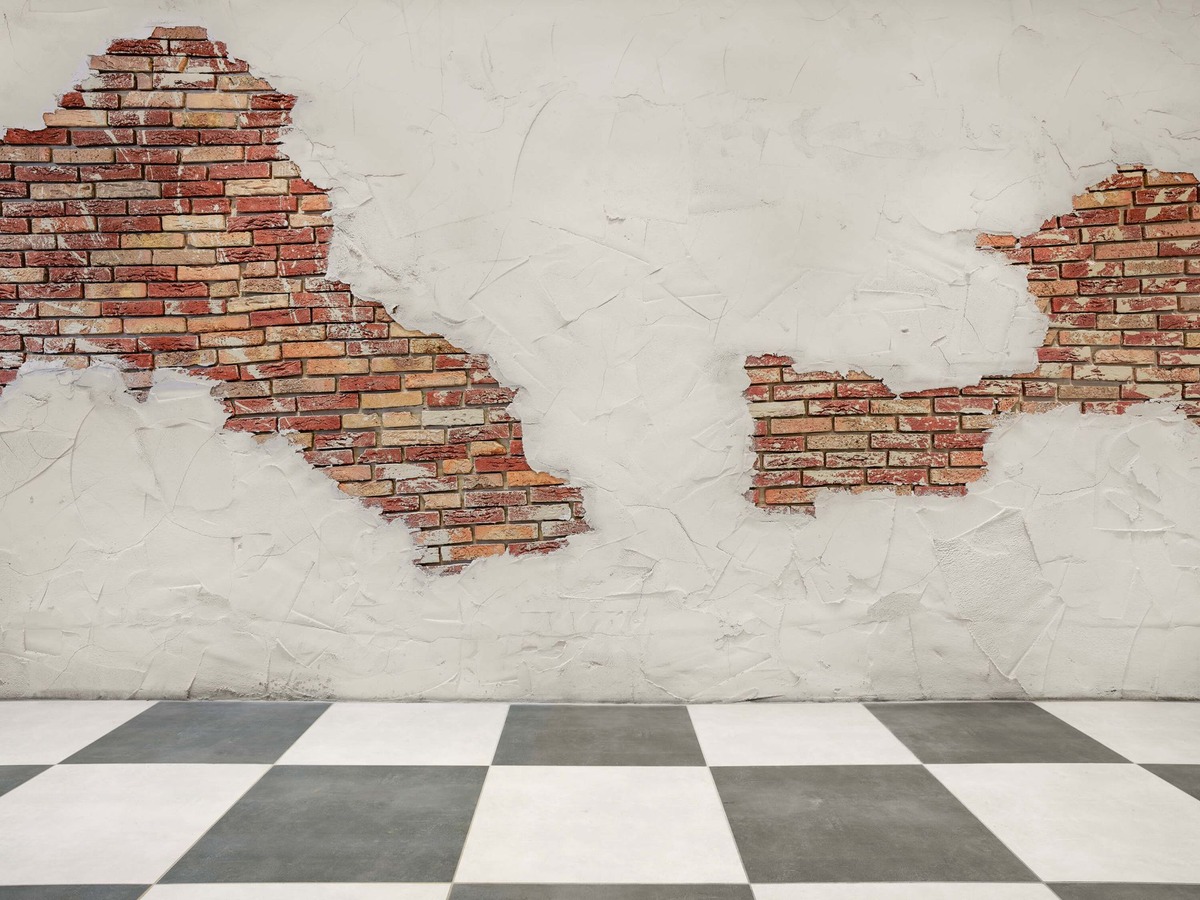
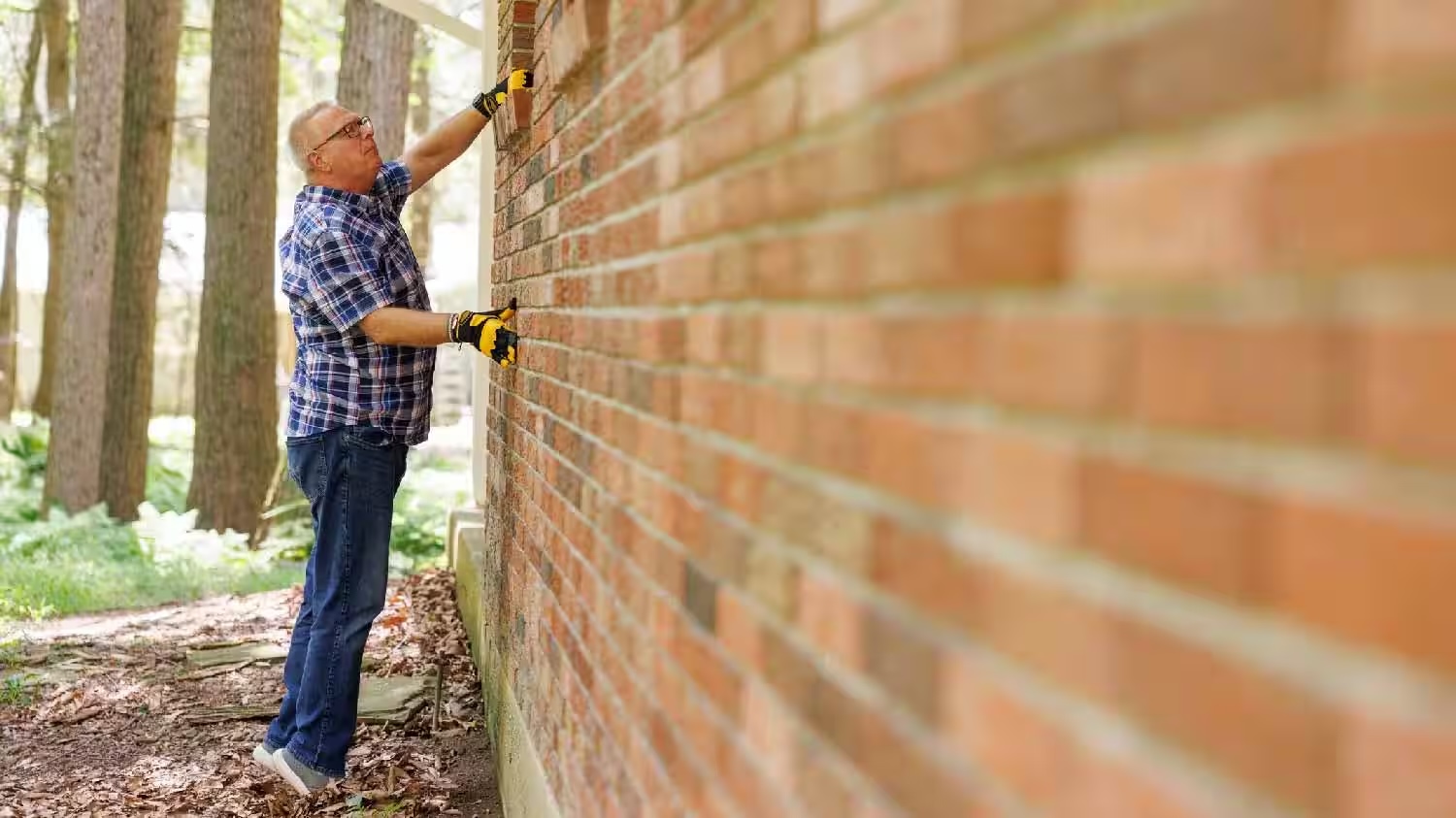
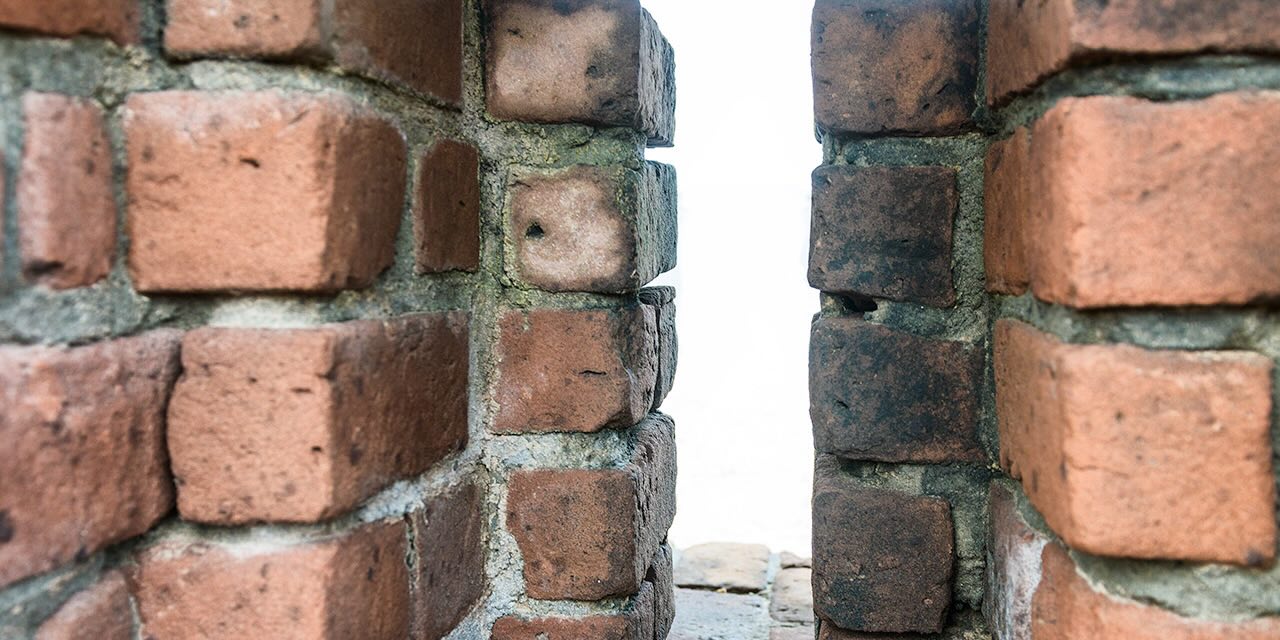
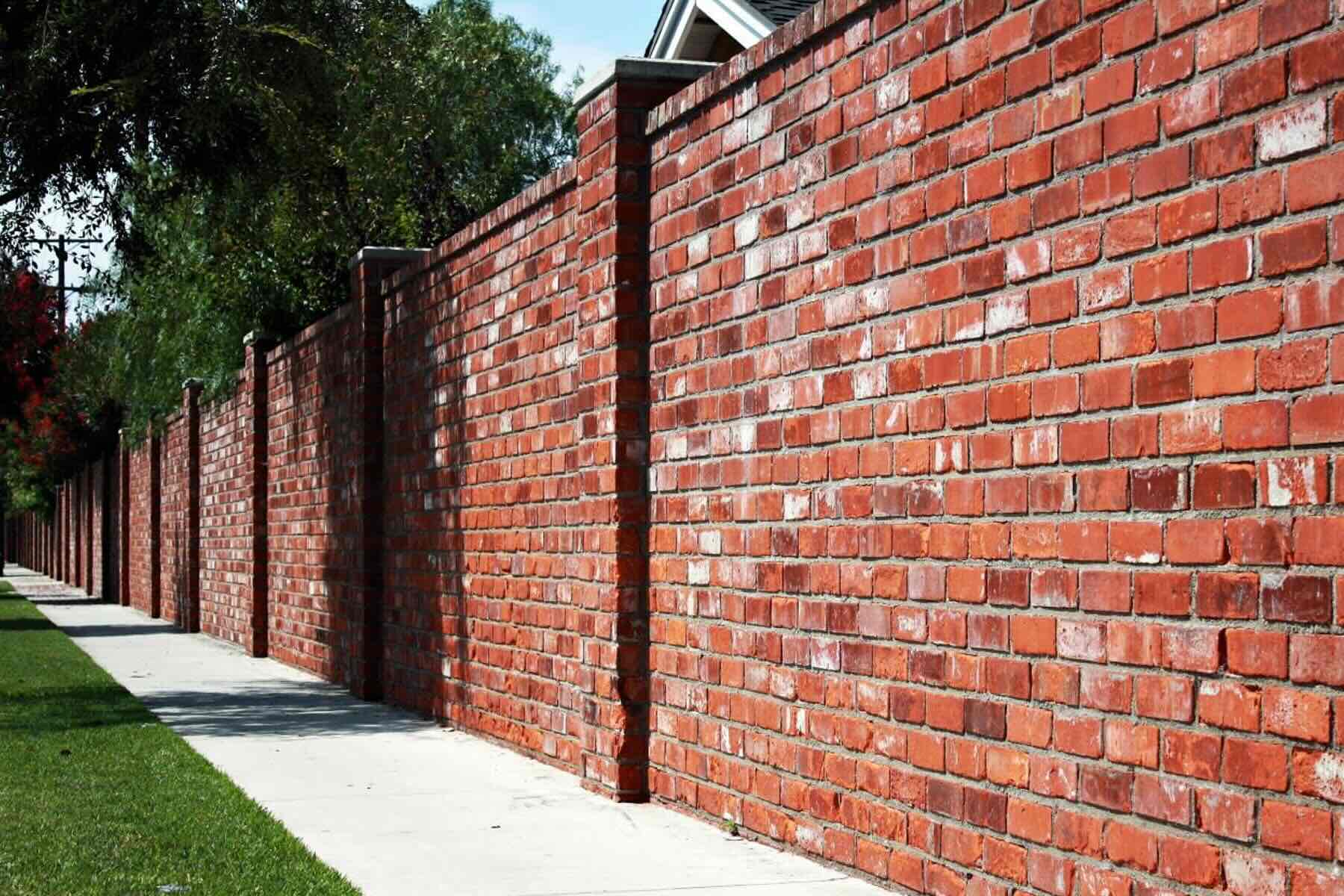
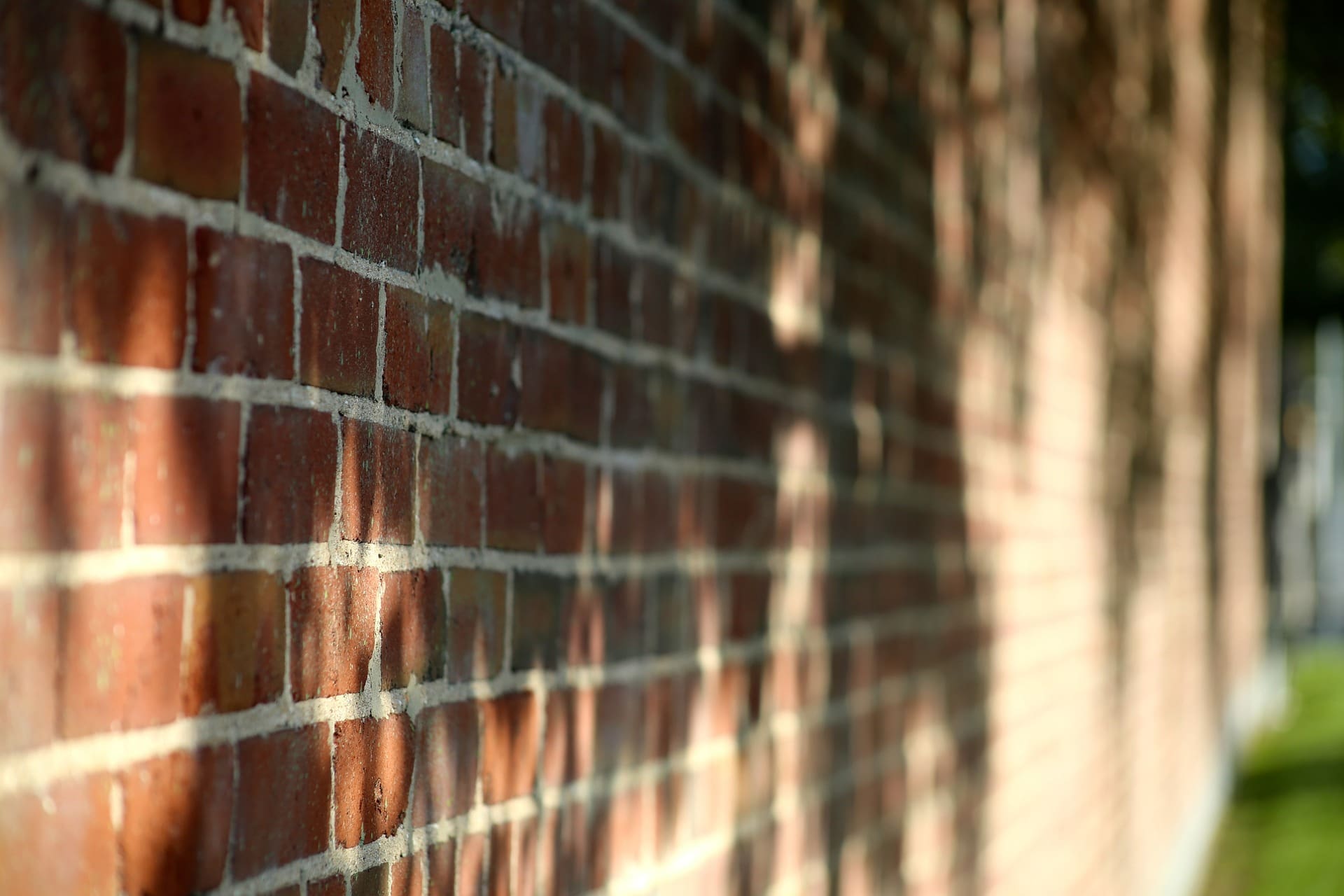
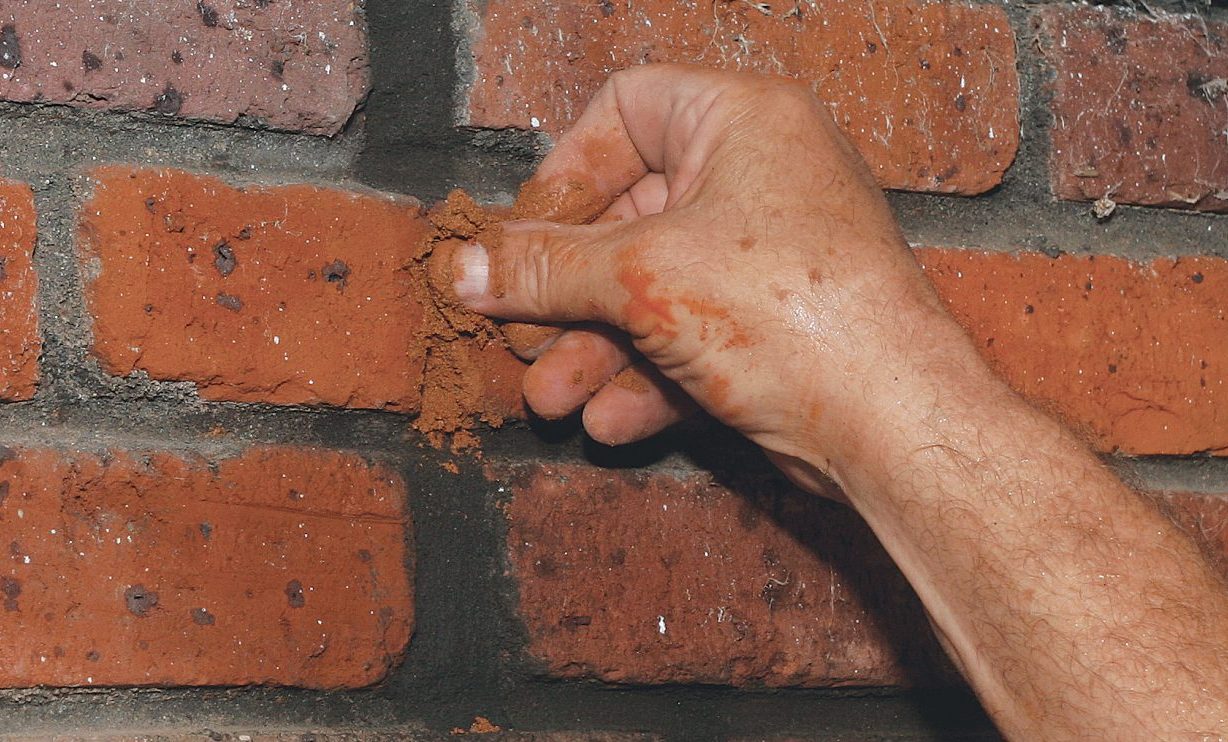
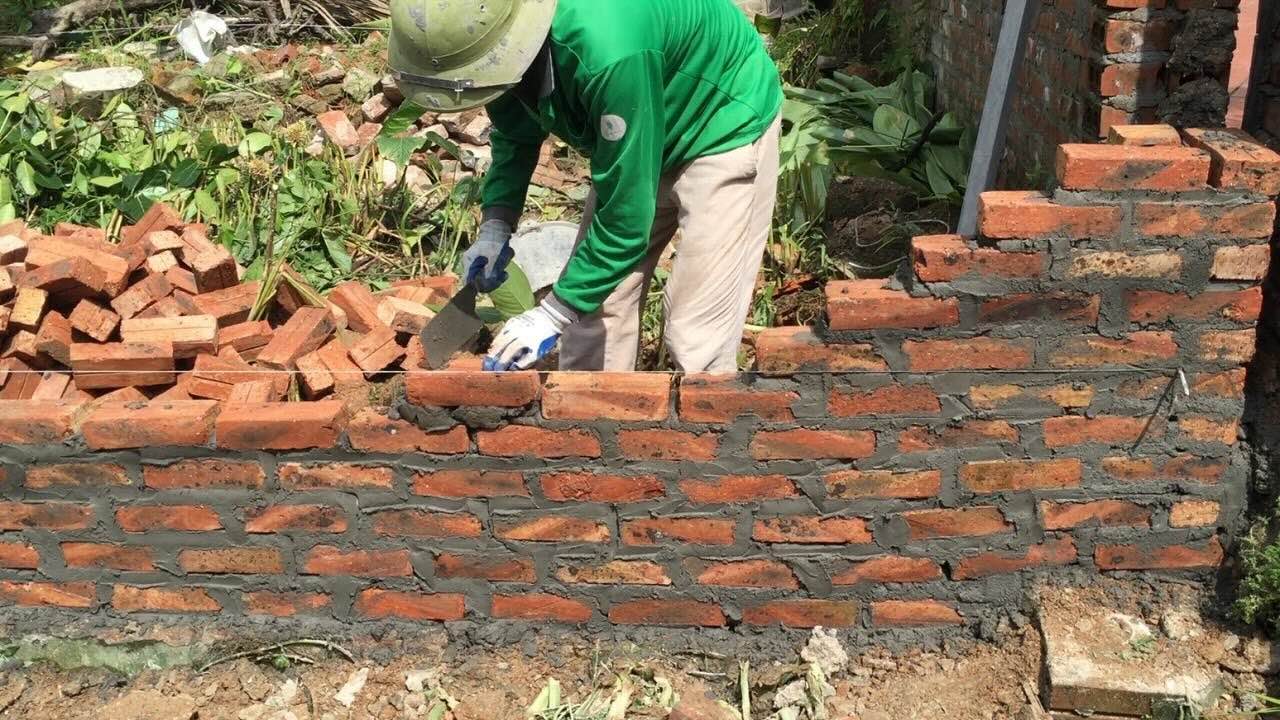
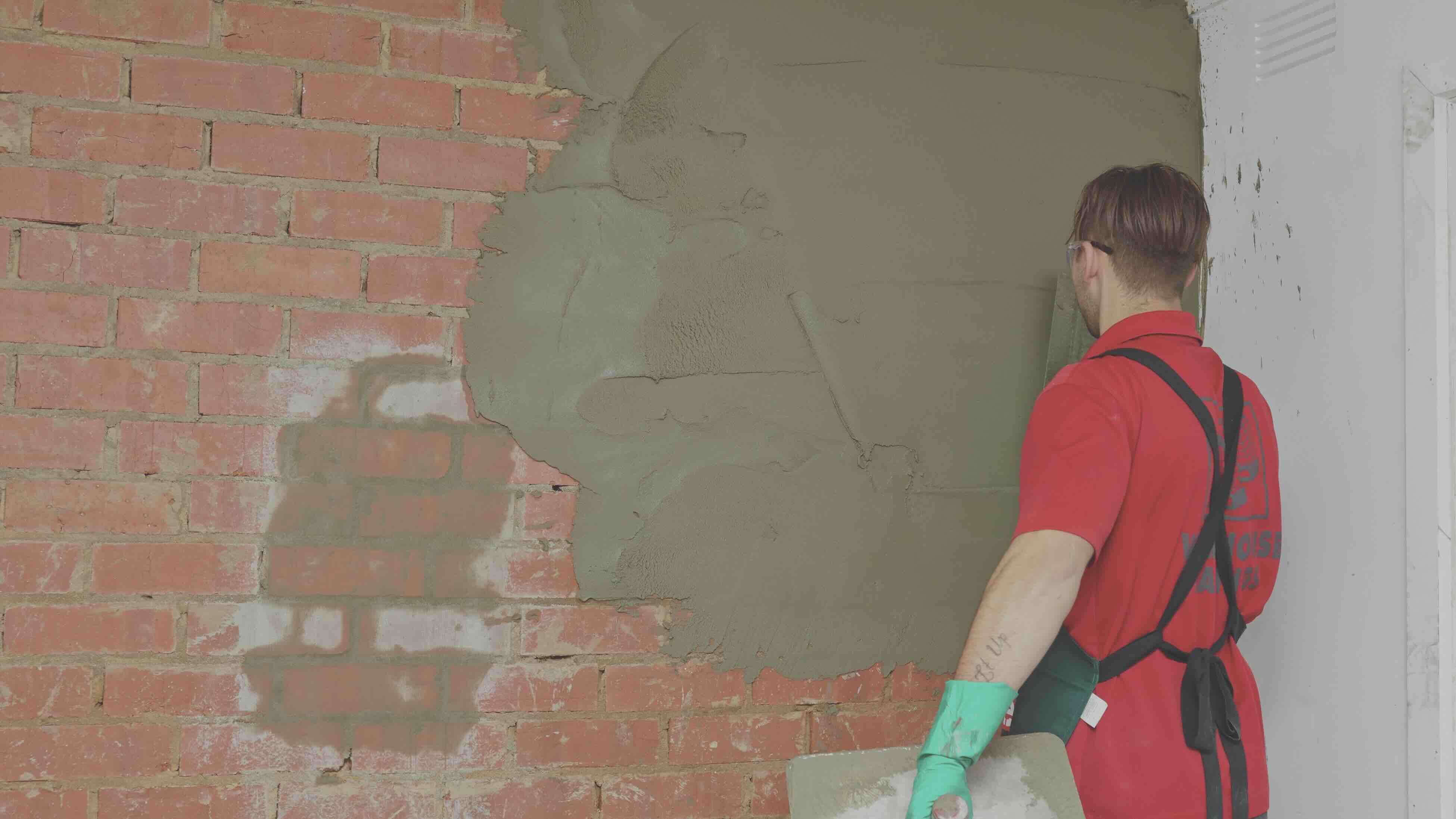
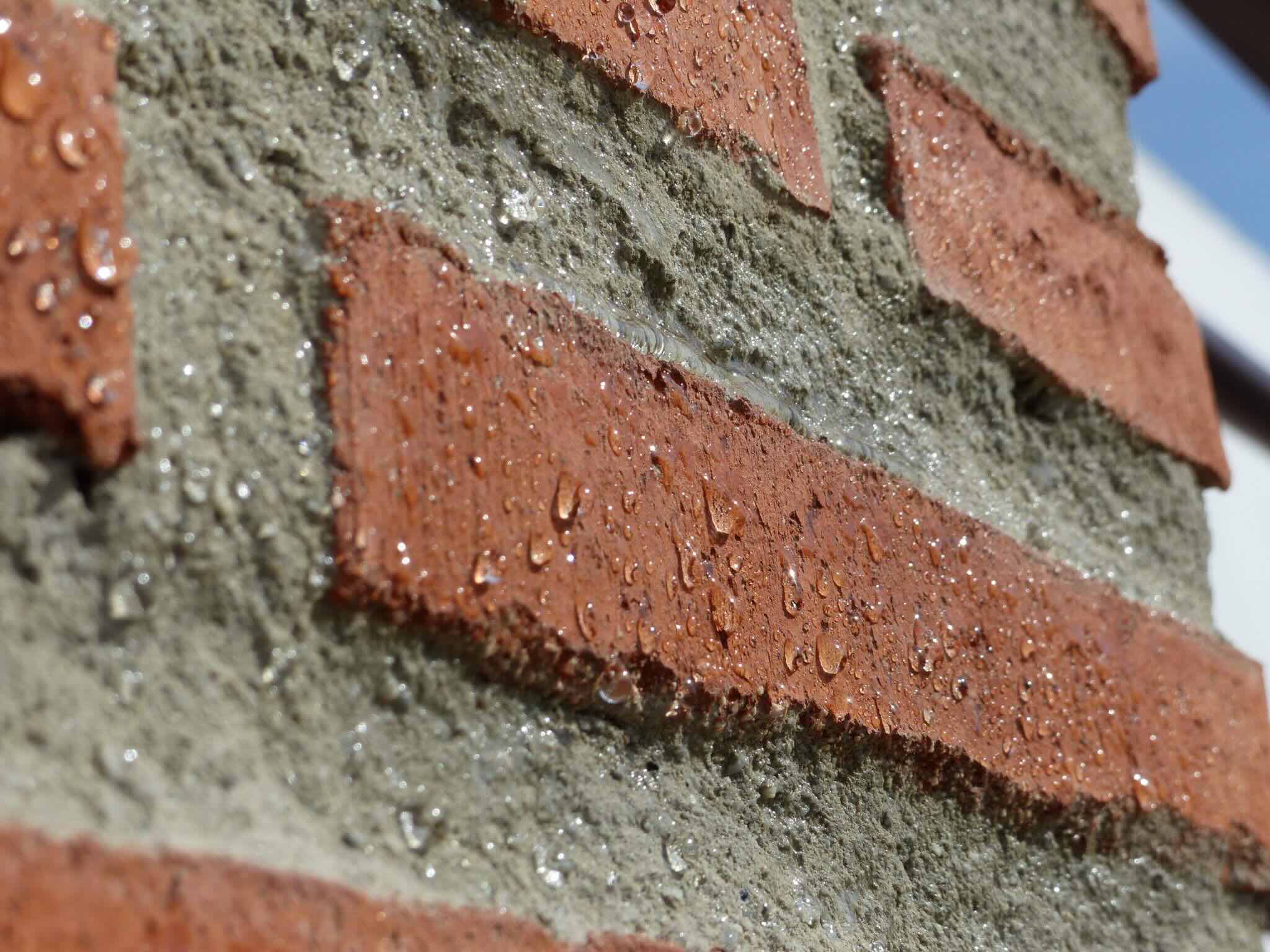
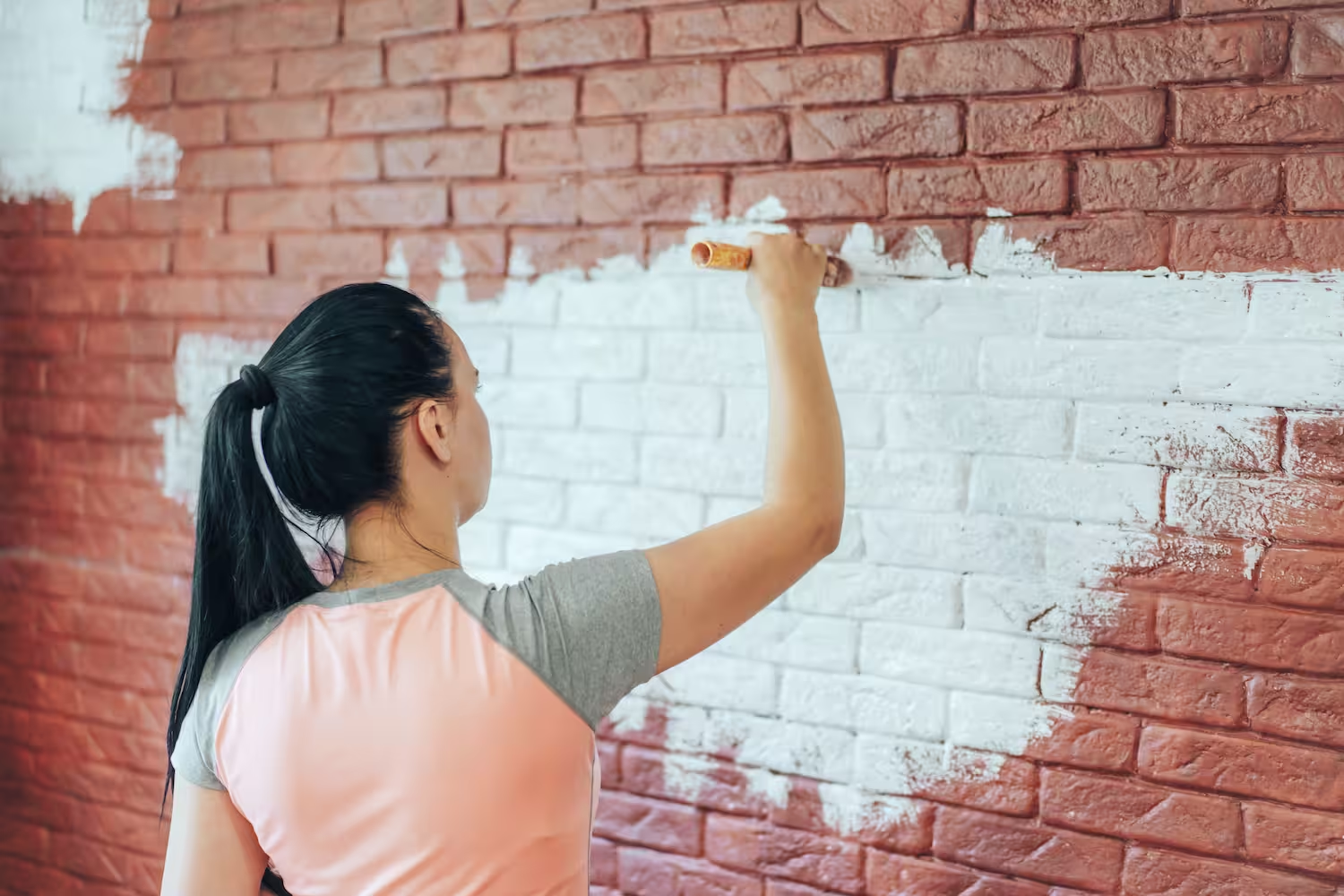

0 thoughts on “How To Waterproof A Brick Wall”